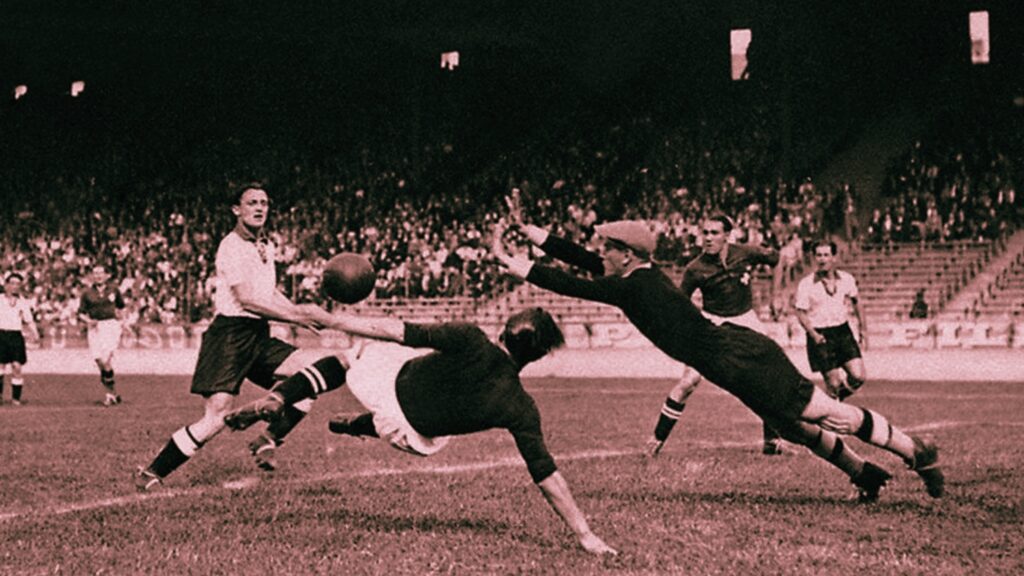In March 1938, shortly before the World Cup, the Austrian soccer federation announced its withdrawal from the tournament due to political upheaval, marking the end of Austria’s independent football organization amidst Nazi pressures. Following the 1934 assassination of Austrian Chancellor Dollfuß by Nazis, Hitler’s ambitions to unite Germany and Austria intensified. As Austria faced a coup and impending invasion, the chancellor resigned under duress, allowing German troops to occupy the country, which was welcomed by local crowds.
Originally assuming Argentina would host the World Cup, Argentina withdrew amid growing European tensions, leading FIFA to choose between Germany and France, historically favoring France due to concerns over Nazi exploitation of the tournament. The 1938 tournament highlighted political strife, with several nations, including Spain and Japan, either withdrawing or failing to participate, resulting in only fifteen teams including twelve Europeans.
The political backdrop shaped the event, with many players and exiles protesting fascism. Italy, under Mussolini’s regime, was also closely allied with Hitler, grappling with anti-Semitic laws and purges. Coach Vittorio Pozzo faced challenges in rebuilding the team, losing several key players due to their political or personal circumstances. Ultimately, Italy transitioned from its 1934 championship squad to integrate new talent, preparing for a World Cup that was overshadowed by the political realities of the time.



